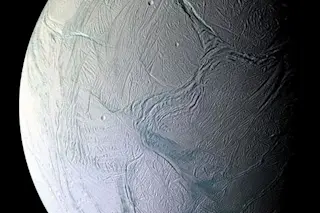NASA's Solar Dynamics Observatory spacecraft captured this view of a solar flare and coronal mass ejection, or CME, on July 23, 2016. Click to watch the video on Youtube. (Source: NASA, ESA and JAXA. Images and movies created using the ESA and NASA funded Helioviewer Project: http://helioviewer.org/) A buildup of intensely tangled magnetic energy on the Sun suddenly let go two days ago, unleashing a massive explosion of radiation and super-hot plasma. The radiation explosion was the most powerful solar flare of 2016 so far. You can watch all the action close up in the video above, based on data from NASA's Solar Dynamics Observatory spacecraft, or SDO. When the video starts, keep your eye on the bright active region toward the middle of the frame. It's seething with energy. Above and around it, glowing, electrified plasma flows along curved lines of magnetic field, creating huge structures known as coronal ...
Close-up videos capture big, beautiful explosion on the Sun
Discover the solar flare and coronal mass ejection captured by NASA's Solar Dynamics Observatory on July 23, 2016. Watch now!
More on Discover
Stay Curious
SubscribeTo The Magazine
Save up to 40% off the cover price when you subscribe to Discover magazine.
Subscribe













